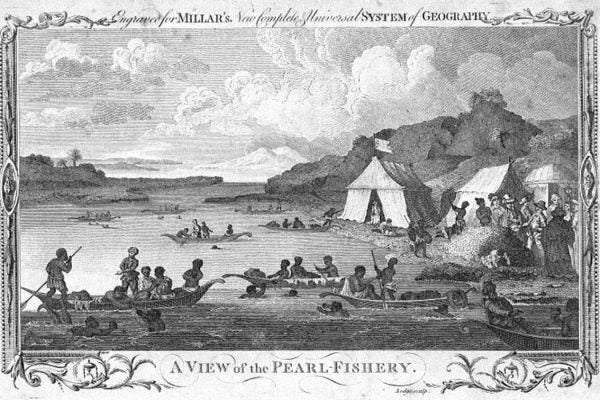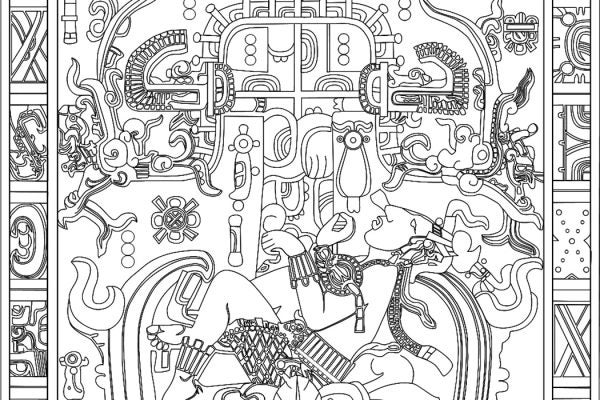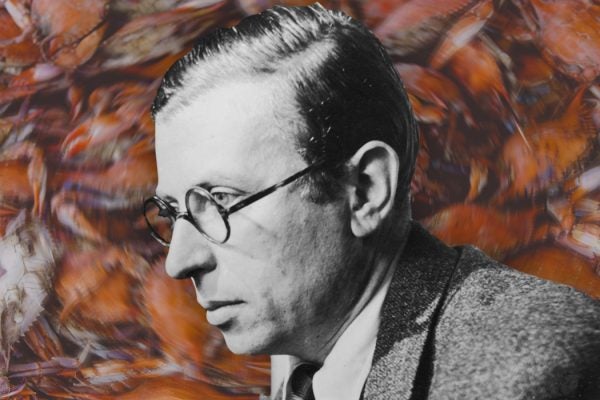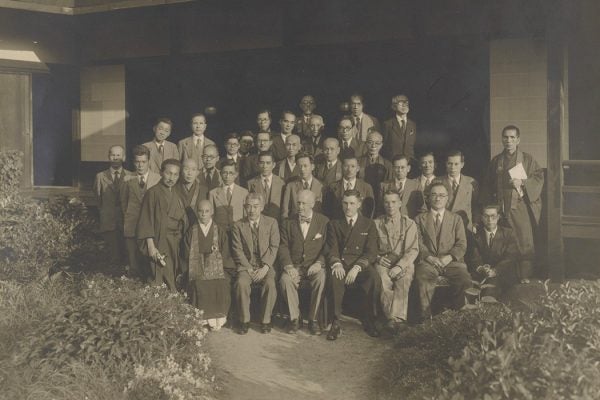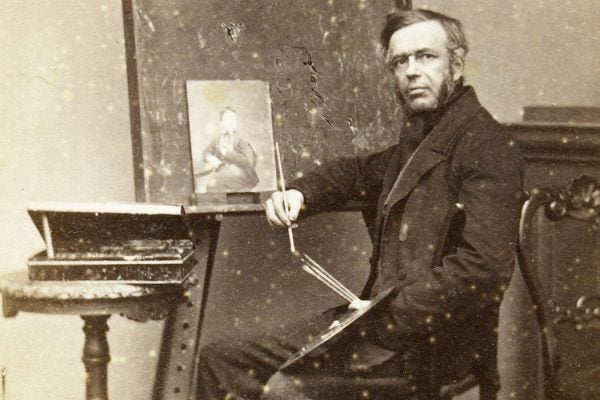The Lady Who Might Have Been Queen of England
The failed campaign to put Lady Arbella Stuart in the line of succession began with a matchmaking scheme between her two grandmothers.
The RAF on Speed: High-Flying or Flying High?
Drug use during World War II, especially by Nazis, was typically viewed as immoral. But what about when it was approved by leaders of the Royal Air Force?
The Feminist Art Roots of Fan-Made Videos
Though vidding is now generally a part of online culture, it originated in the grassroots editing efforts of female television fans.
African Swimmers in American Waters
Although most enslaved people worked in the fields, captive workers with strong swimming and diving skills were also exploited by plantation owners.
From Mud to the Sun: The World Tree of the Maya
Cosmic trees, found around the globe and throughout history, may represent a primeval fount of creation or a vegetal axis mundi that connects life and death.
That Time Jean-Paul Sartre Got High on Mescaline
The French existentialist got more than he bargained for when he went in search of drug-induced inspiration for his philosophical writings.
A Precautionary Tale
West Germany’s “do no harm” approach to environmental protection—which became known as the precautionary principle—was revolutionary in its time.
The Other Monuments Men
The men and women who tracked down looted art after WWII didn’t just go after stuff stolen by the Nazis. They also searched for treasures stolen by the Japanese. Sort of.
Did Photography Really Kill Portrait Painting?
While some viewed photography as a competitor for their customers, Dutch portrait painters reaped the benefits of the emerging medium.
Australian Mammals, Dry Rivers, and Upending Settler Colonialism
Well-researched stories from Yale Environment 360, Public Books, and other great publications that bridge the gap between news and scholarship.



